Capture your adventures: find a perfect travel camera
Now, you may think that your phone camera is enough to capture your travel memories, but did you know that most of them have limited zoom capabilities and smaller sensors which can limit the quality of your images, especially in low-light?
A travel camera, on the other hand, has a larger sensor which allows for better image quality, even in challenging lighting situations. And when you look back on your travel photos, you’ll be able to relive those moments in a way that a phone camera just can’t match.
There are so many factors to consider when selecting a camera for your travels.
Do you want interchangeable lenses, professional features, and a larger sensor for high-quality photos? Or maybe you prefer a camera that's portable enough to carry with you anywhere and can be used for everything from shooting portraits to wildlife?
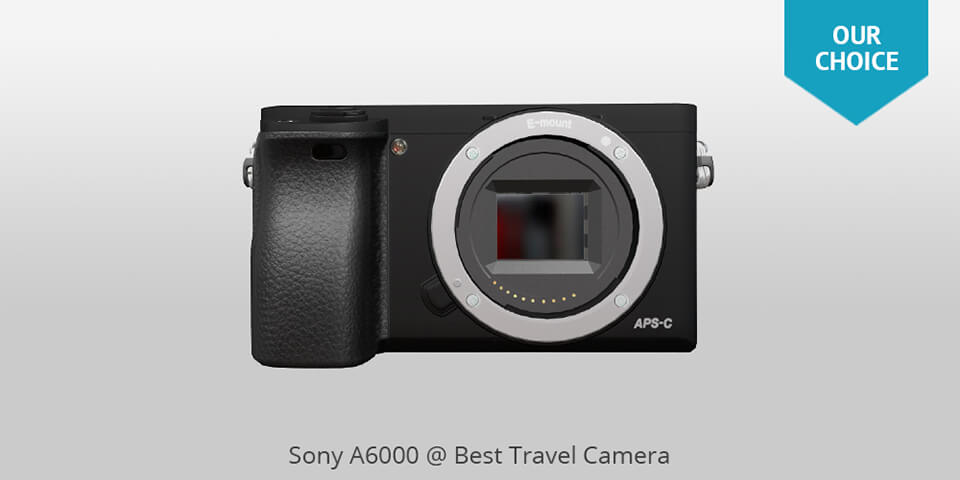
Type: Mirrorless | Megapixels: 24.3 | Screen: 3-inch articulating LCD | Max burst speed: 11 fps
One of the main advantages of this camera is its size and weight, making it easy to carry around during your travels. There are a variety of E mount Sony lenses that will work with this camera, including kit lens and ultra-wide zooms, allowing you to experiment with different focal lengths.
The high-speed continuous shooting mode is also a great feature, allowing you to capture up to 11 frames per second. This is perfect for taking action shots and capturing fast-moving subjects.
However, the downside of this feature is that it can be noisy, which can be an issue when taking pictures of people in busy tourist attractions.
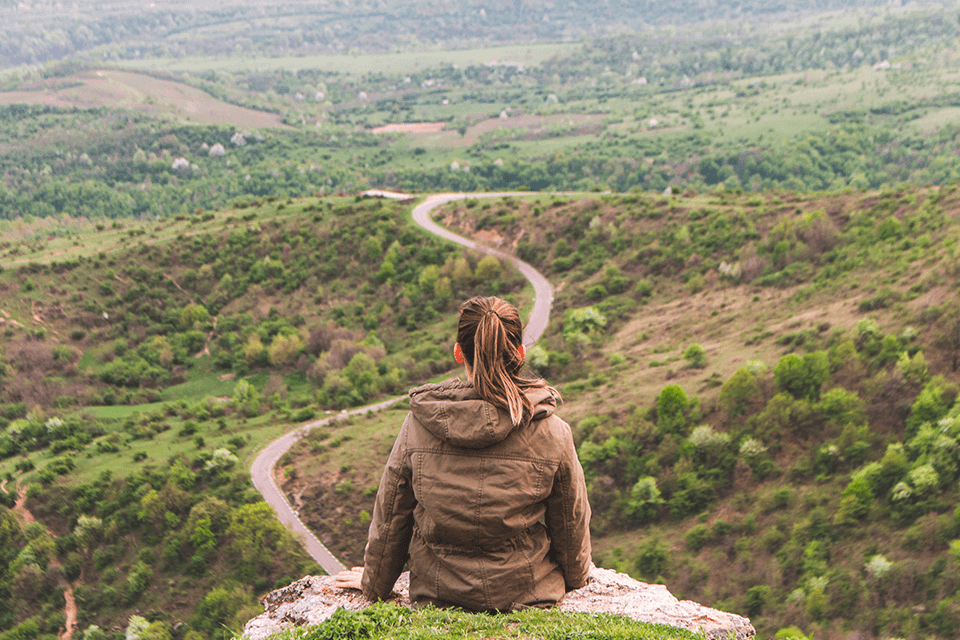
Photo taken by Sony Alpha a6000
It has a 24-megapixel CMOS sensor with on-chip phase detection AF technology and a Bionz X processor, which means better detail, improved AF tracking, and better area-specific noise reduction.
However, it doesn't have in-body image stabilization, so if you want to shoot in lower light without the need for travel tripods or support, you'll need to bring along a telephoto lens.
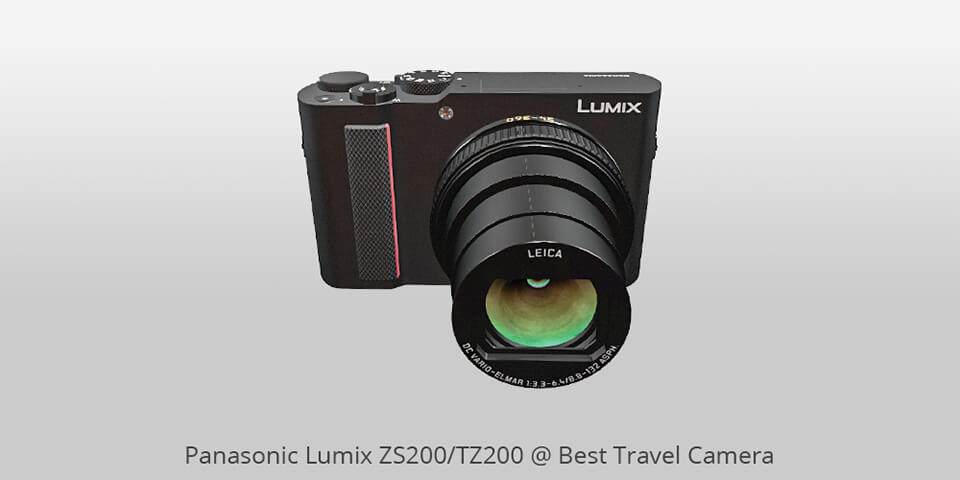
Type: Compact | Megapixels: 20 | Screen: Non-tilting touchscreen | Max burst speed: up to 10 fps
I recently had the opportunity to try out the Panasonic Lumix ZS200/TZ200 as a compact travel photography camera. The camera has an electronic viewfinder, non-tilting touchscreen, and a range of automatic settings, including face and eye detection.
One of the main characteristics is its wireless functionality, which is one of the best in its category. It can be configured easily, and the remote control iOS or Android camera app is responsive and works well.
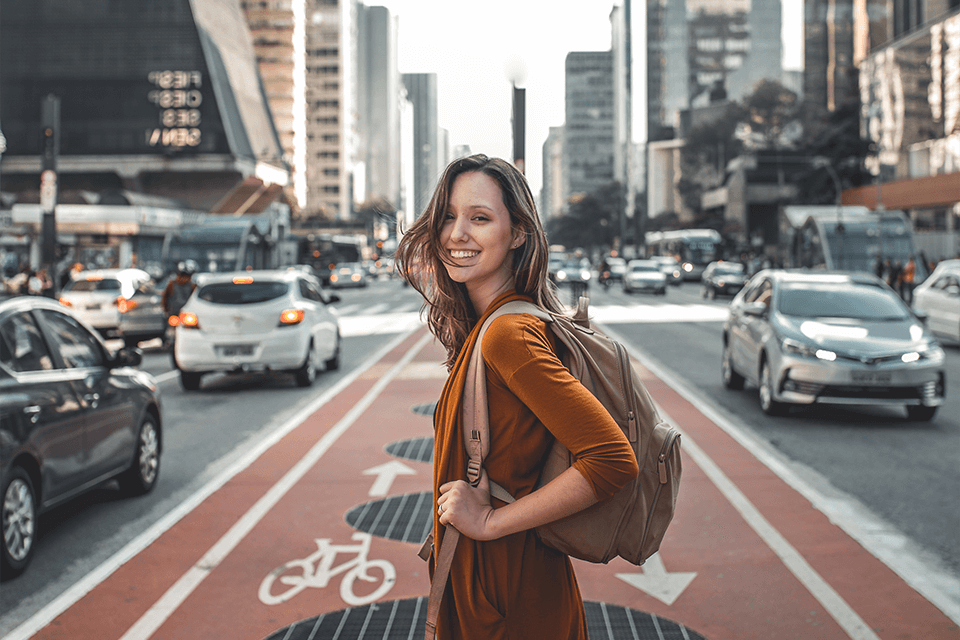
Photo taken by Panasonic Lumix ZS200/TZ200
Additionally, the camera has Bluetooth connectivity, allowing you to control the camera via a smartphone and access the camera's settings remotely.
The camera's menus are also a bit cluttered and fiddly to navigate at times.

Type: Compact | Megapixels: 12 | Screen: 3-inch color LCD | Max burst speed: 20 fps
Let me start by saying that this travel camera is a real trooper when it comes to durability. It's waterproof, shockproof, crushproof, freeze-proof, and dustproof which makes it perfect for outdoor adventures.
One of the best things about the TG-5 is its ability to shoot RAW files, which is not common in most compact cameras in this price range.
In terms of image quality, the TG-5 delivers punchy images in low light thanks to its 12-megapixel sensor and f/2.0 lens. Primary colors really stand out on bright days, and the various HDR modes work well too.
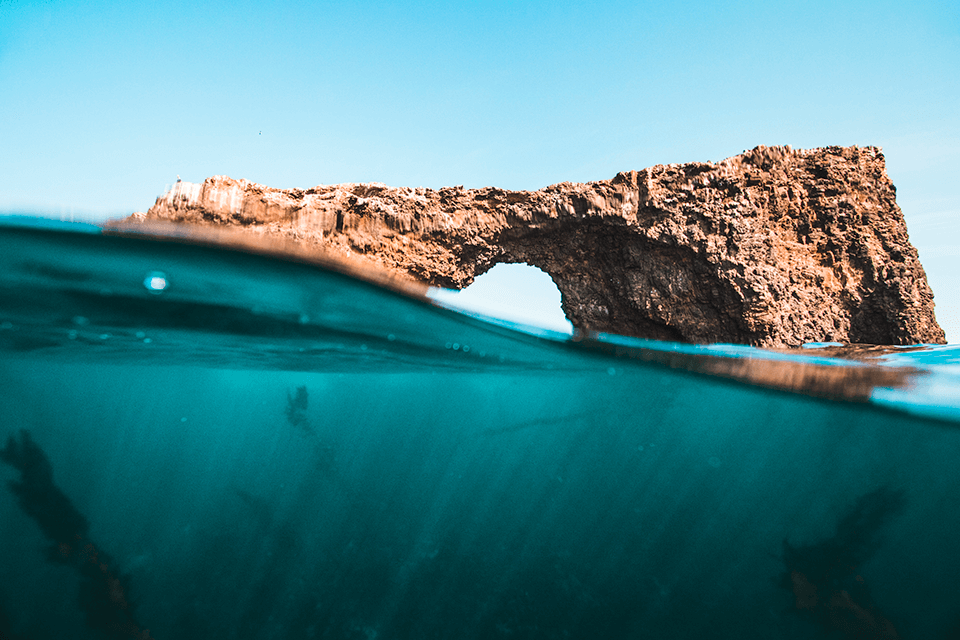
Photo taken by Olympus TG-5
Additionally, the live composite mode is a great feature for light painting or night photography, as it allows you to discard all but the brightest pixel locations in your image.
One thing to keep in mind is that the TG-5's 3x zoom lens can cause vignetting, which can cause your shots to lose detail. Additionally, the camera's battery life is not great, and it can be challenging to change the settings when wearing gloves.
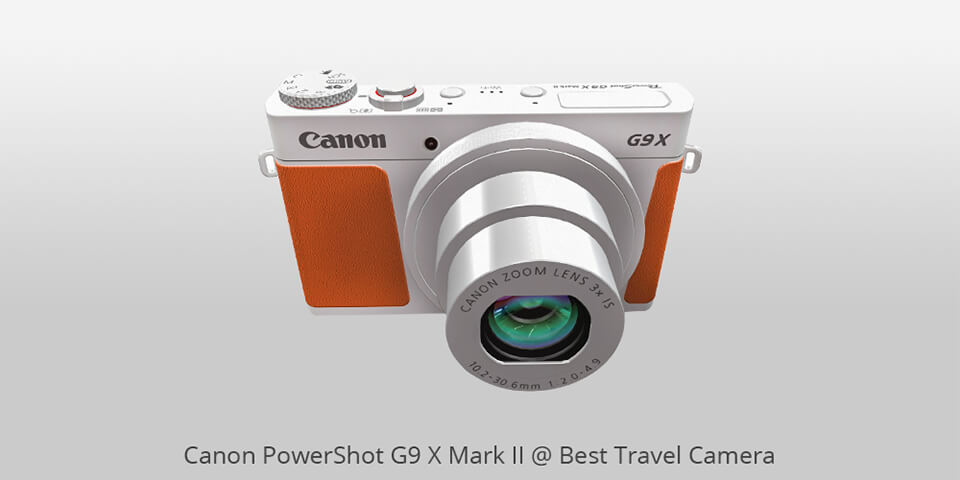
Type: Compact | Megapixels: 20.2 | Screen: 3-inch touchscreen | Max burst speed: 8.2 fps
First of all, let me tell you that this camera is a perfect combination of a pro-level dynamic range camera with the convenience and portability of a compact.
It features a 20-megapixel sensor, 8.2 fps burst shooting, Full HD video capture and Wi-Fi, NFC and Bluetooth for quick pairing with your smartphone.
One of the main advantages of this travel camera is that it is compact and lightweight, yet it has a lot to offer for a point-and-shoot camera.
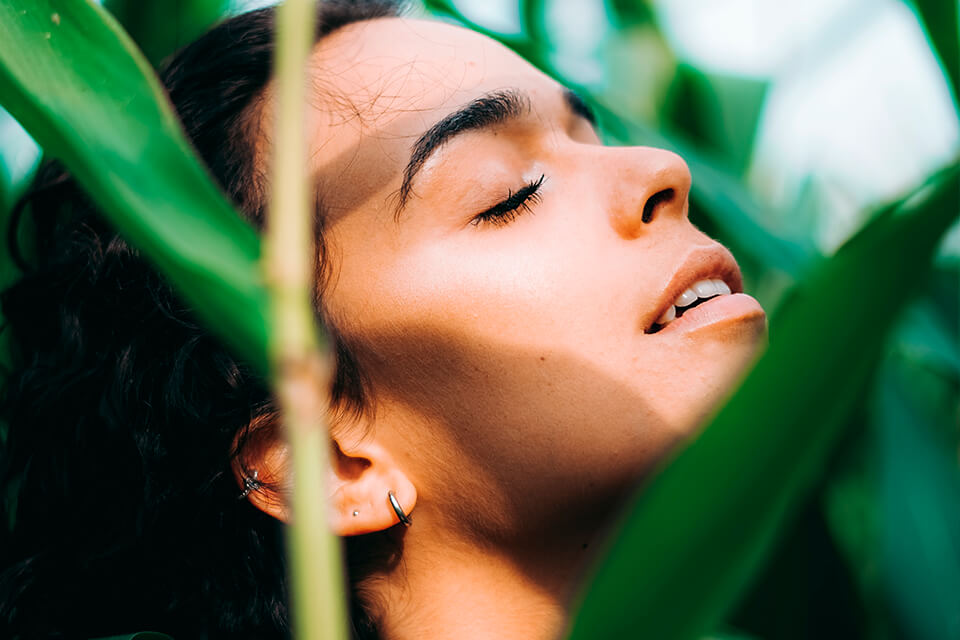
Photo taken by PowerShot G9 X Mark II
The G9 X Mark II also offers a good range of instant filters that you can select and apply to your pictures, making it easier to capture images with a certain feel and style.
However, it is not weather-sealed, so you'll need to make sure you have a protective bag for it. It also has a limited battery life, so you'll need to carry a spare battery if you plan on traveling with the camera for more than a few days without charging it.
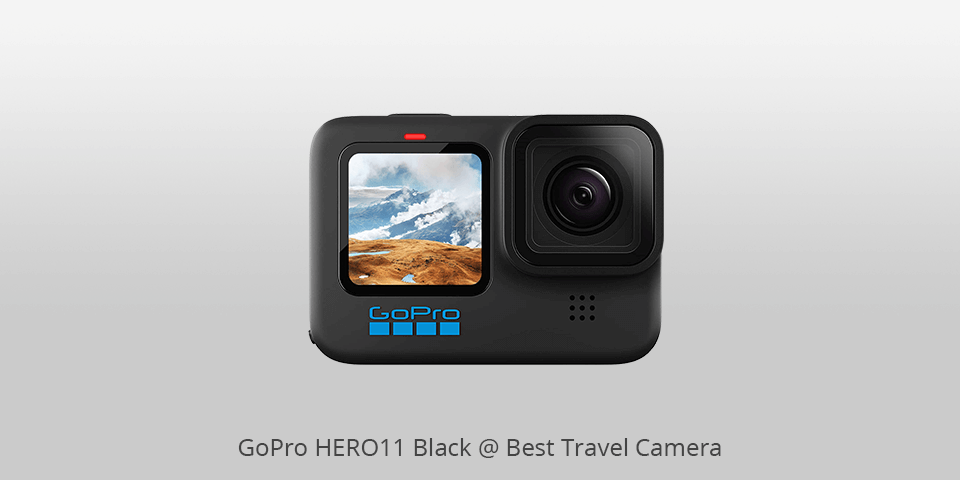
Type: Action | Megapixels: 27 | Screen: 3- Front and rear LCD | Max burst speed: 25 fps
One of the main advantages of this GoPro camera is its new larger sensor, which offers better low-light performance. It also has a new HyperView digital lens that takes 8:7 aspect ratio footage and delivers it as a wide-angle 16:9 shot. This makes your travel videos look more cinematic and immersive.
Another great feature of this travel camera body is its Emmy Award-winning HyperSmooth 5.0 stabilization. This built-in stabilization is even better than the HERO10, and it keeps your shots smooth no matter how fast or how hard you shoot.
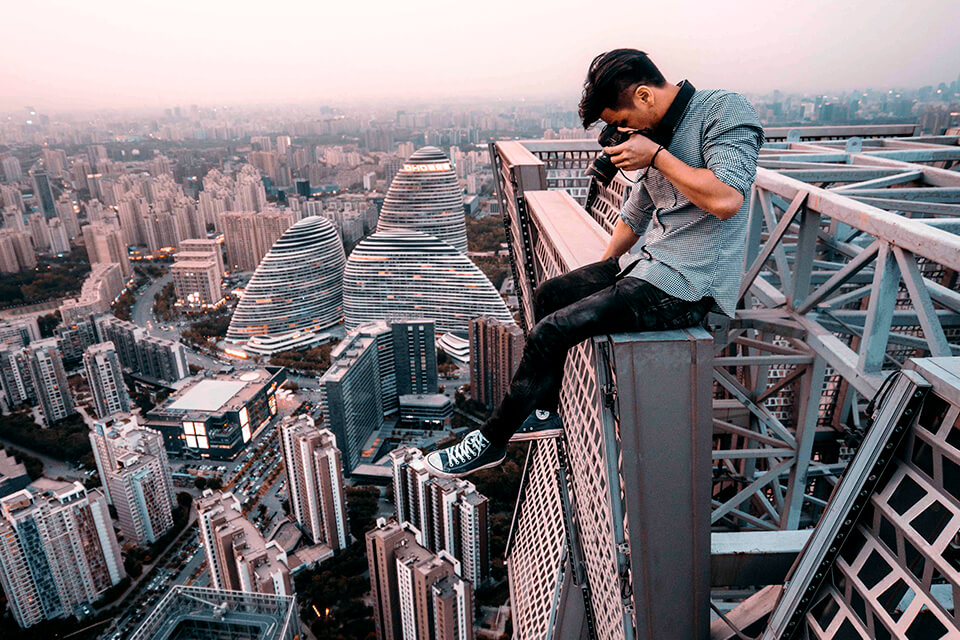
Photo taken by GoPro HERO11
You can also adjust the stabilization manually via a switch on the front of the device or via the smartphone app, which is very helpful when vlogging on location.
One of the rare facts about the HERO11 Black is that it comes with an Enduro battery, which offers up to 38% more recording time and is rated to work down to 14-degrees Fahrenheit. This is great for those who are taking their camera on a ski or snowboard trip where temperatures can be quite low.
It's not a budget-friendly option, and it may not be suitable for everyone's budget but you can always find a reliable action camera under $100 from another not so popular brand.

Type: Compact | Megapixels: 20.1 | Screen: TFT LCD tilting | Max burst speed: 24 fps
As someone who has been in the industry for decades, I can say that the Sony Cyber-Shot DSC-RX100 is definitely one of the best travel photography cameras out there. It offers excellent image quality and a lot of video-centric features that can make your travels more memorable.
It has an optical image stabilization system and a fast autofocus system that can help you capture sharp images even when you're on the move without installing photo sharpening software.
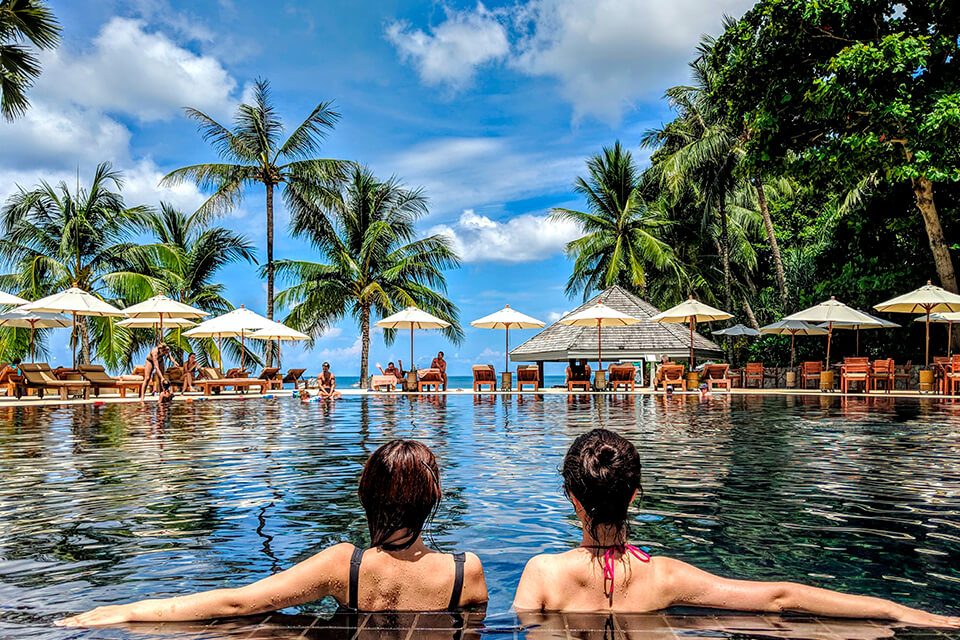
Photo taken by Sony Cyber-Shot DSC-RX100
This travel camera also has a built-in Wi-Fi module that allows you to transfer your images to a smartphone via the PlayMemories Mobile app, making it easier to share your travel experiences with others.
Its main drawback is that its ergonomics aren't quite up to the standards of Sony cameras, making it a little awkward to use for video recording and vlogging in general.
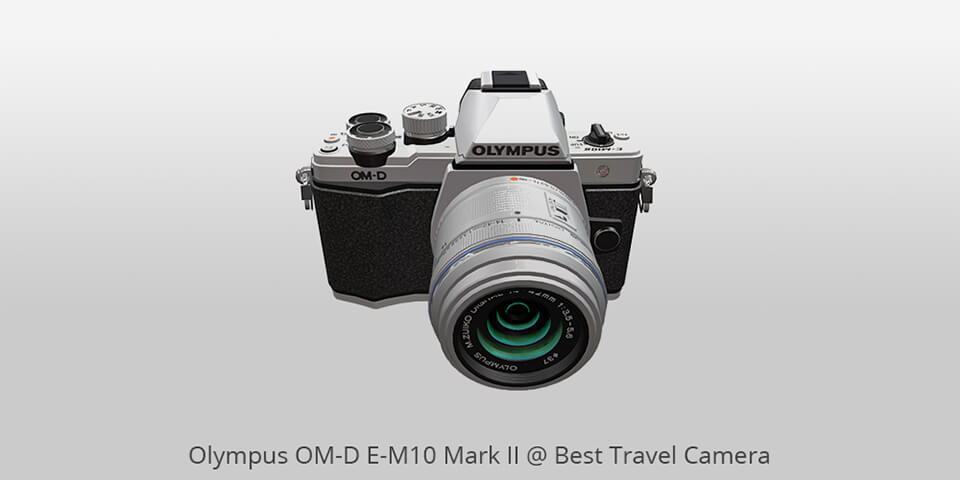
Type: Mirrorless | Megapixels: 16 | Screen: 3-inch LCD | Max burst speed: 8.5 fps
Let me start by saying that this model is a great camera for landscape photos and for travelers looking for a compact and lightweight travel camera that still offers DSLR-like controls and features. It's also affordable, which is always a plus.
One of the biggest advantages of the E-M10 Mark II is it’s a Micro Four Thirds camera, which allows you to use smaller lenses than you would with a full-frame one. This makes it ideal for travels, where you want to keep your gear as light and compact as possible.
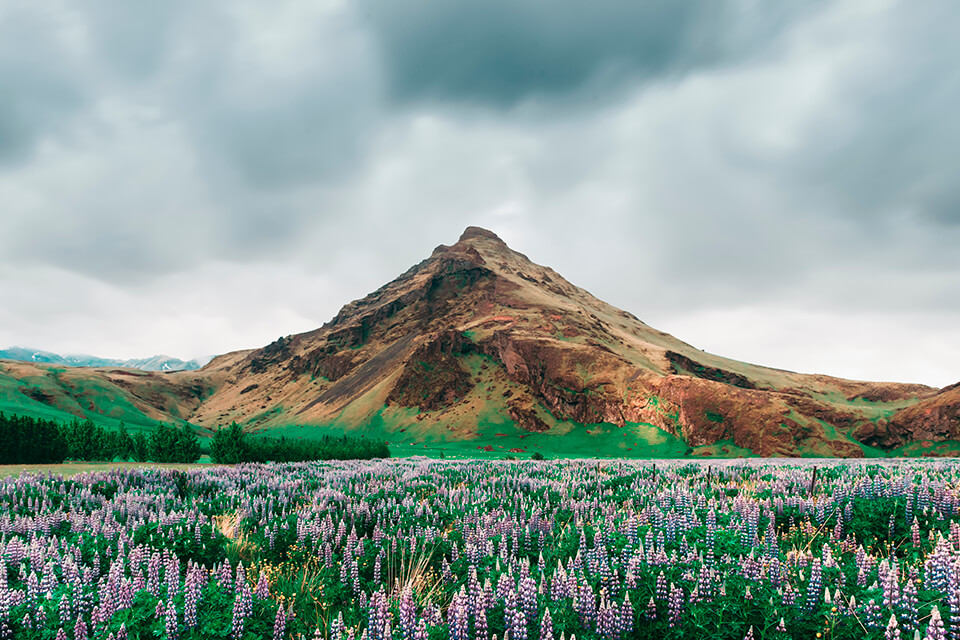
Photo taken by Olympus OM-D E-M10 Mark II
This beginner camera also has a 16-megapixel sensor and a TruePic VII processor, which deliver good image quality even in low light conditions.
The camera also has a lot of features that are useful for those who would like to become a travel photographer, such as built-in Wi-Fi, which makes it easy to share photos and videos instantly with friends and family.
It also has a range of creative options, including Olympus's Art Filters, which allow you to add different effects to your photos. One of the main issues is that it doesn't have any weather sealing, which means that it's not ideal for rainy weather.
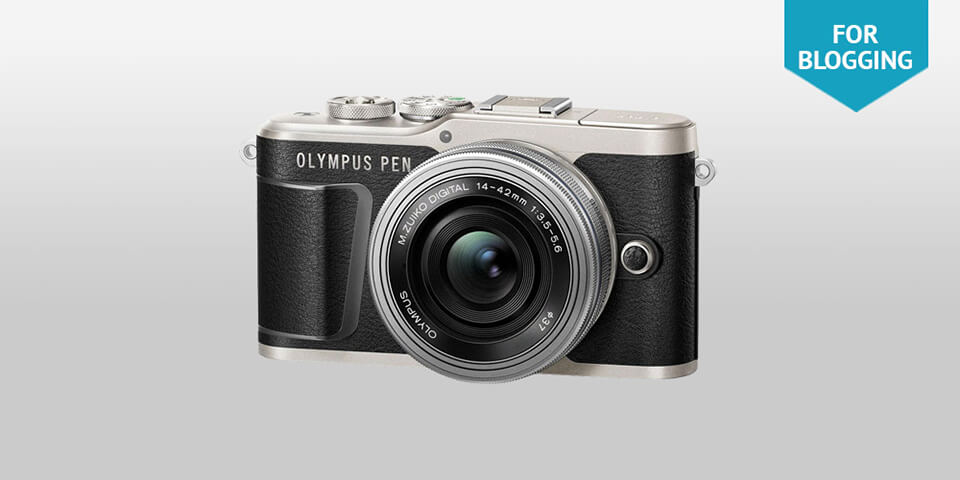
Type: Mirrorless | Megapixels: 16 | Screen: 3-inch 180 Degree Flip down touch screen | Max burst speed: up to 8.6 fps
Firstly, the PEN E-PL9 is a budget-friendly camera that doesn't compromise on features. It's a great mix of image quality, connectivity, reliable performance, and lots of useful features.
The camera has a sturdy metal body and a tilting LCD screen that flips down 180 degrees, perfect for selfies and vlogging. The video quality is very good, and you can record clips up to 80 minutes in standard usage before recharging the battery.
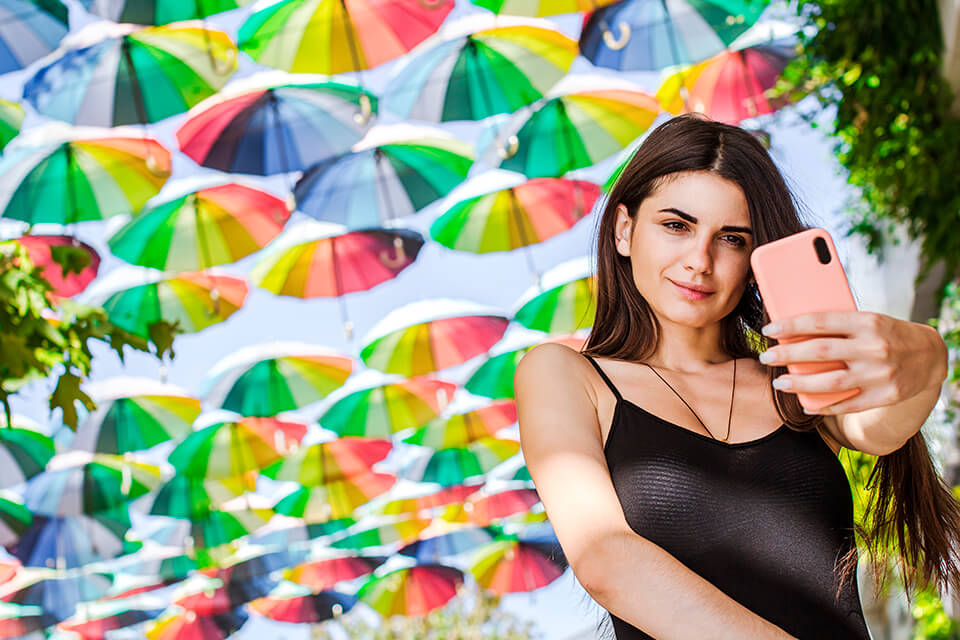
Photo taken by Olympus PEN E-PL9
Another plus is that it supports a wide range of lenses, including M.Zuiko lenses with fast apertures and weather sealing. You can also attach other compatible lens accessories, such as a tripod mount or a filter.
While the in-body stabilization is a real improvement on the E-PL8, it can still be a bit troublesome to keep focus on moving subjects in video mode. The touch screen interface is very responsive, but it's surprising that Olympus camera didn't slim down the frame around it.

Type: Mirrorless | Megapixels: 16 | Screen: 3-inch touch screen LCD | Max burst speed: 8 fps
Panasonic LUMIX G7 is an excellent camera for travel photography. It's compact, versatile, and has many advanced features that make it a good 4K camera for both stills and video.
Its 4K video capability, improved AF system, and touch screen interface are standout features, and it's easy to use and customize.
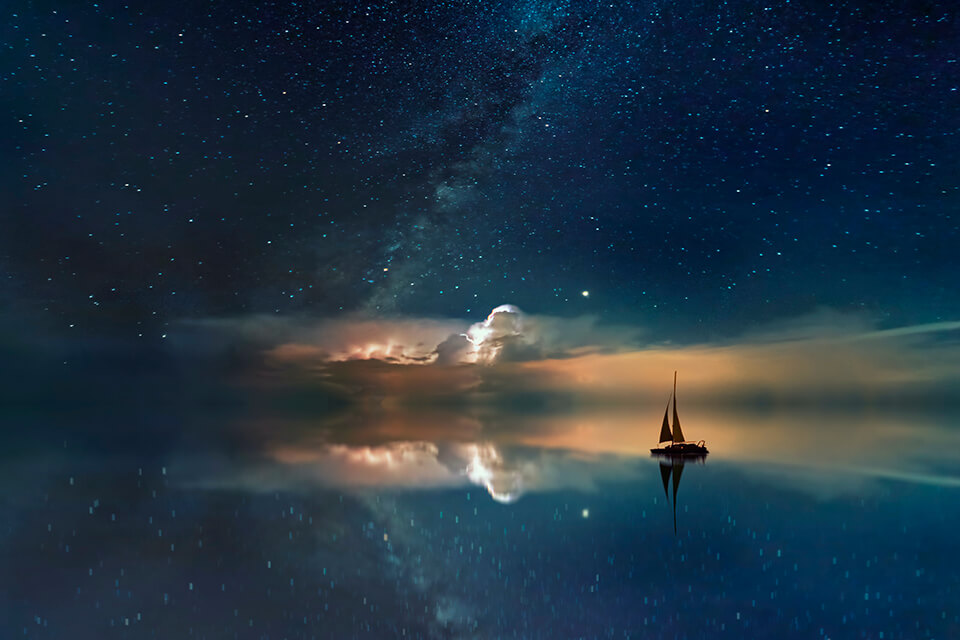
Photo taken by Panasonic LUMIX G7
The camera's touch screen allows you to shift focus points and change settings with your finger, which is a great feature to have when you're in a rush. This is truly a good camera for night photos because it also has a good range of AF modes that are suited to various shooting conditions, including a ''Starlight AF'' mode which allows you to capture stars at night.
One of the main issues with the G7 is the camera's noise reduction system, which can sometimes produce soft and blurry images. This is particularly noticeable in low light situations.
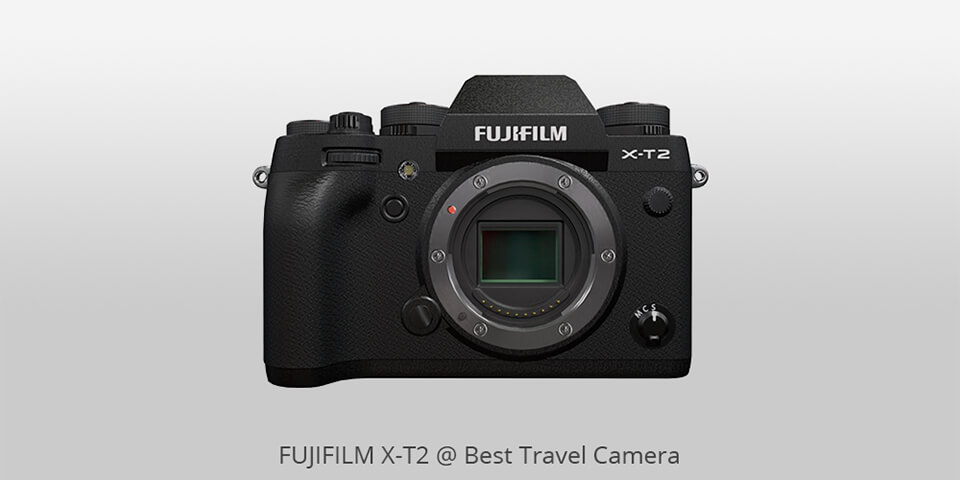
Type: Mirrorless | Megapixels: 24.3 | Screen: 3-inch touch screen LCD | Max burst speed: 14 fps
Firstly, I must say that the X-T2 is an exceptional mirrorless travel camera that offers a great combination of performance, image quality, and ease of use. It's the best-selling Fujifilm camera of all time, and for good reason.
The X-T2 is a small and compact travel camera that's ideal for vlogging, still photography, and professional video production. It features a fully articulated touchscreen LCD, easy controls, and compelling features for both still and video.
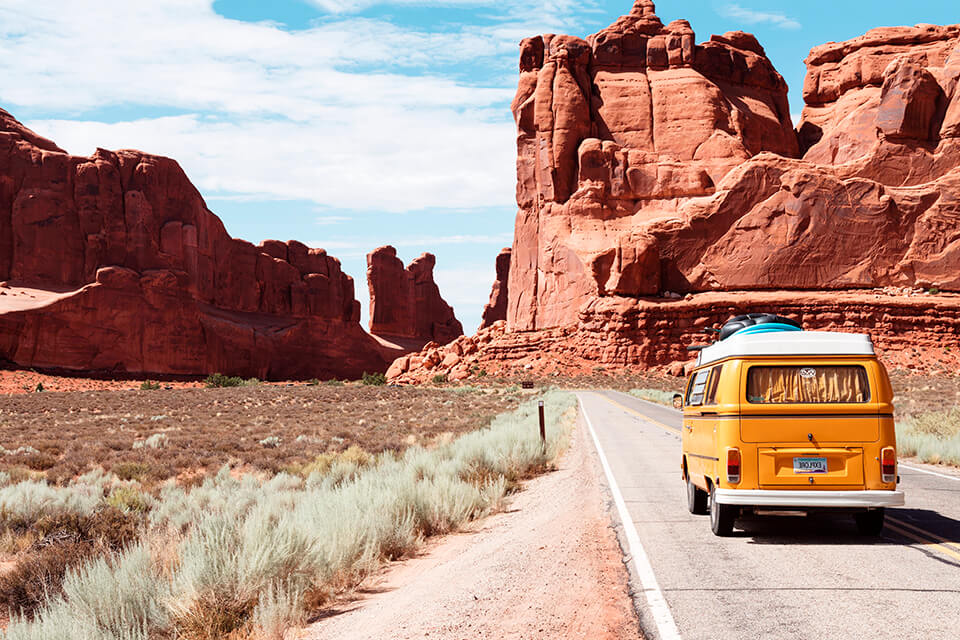
Photo taken by Fujifilm X-T2
The X-T2 has excellent in-camera processing, including a wide range of in-camera film simulations and filters to help you capture more creative images.
The camera is a bit bulkier and heavier than other travel photography cameras, which can be uncomfortable when you are carrying it.

Type: DSLR | Megapixels: 24 | Screen: fully articulated touch-sensitive LCD | Max burst speed: 5 fps
First off, let me say that this is a great camera for anyone who is looking for an entry-level DSLR that can produce high-quality photos. The D5600 is compact, lightweight, and easy to use, making it a perfect camera for travel photos.
The D5600 also includes the new SnapBridge functionality, which makes it easy to share your photos directly from your camera to your smartphone.
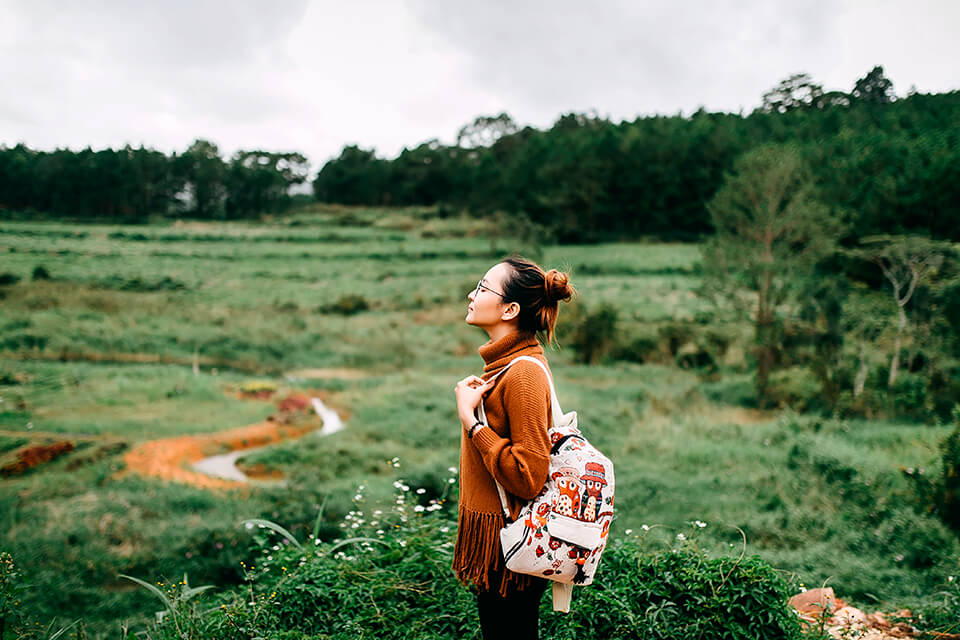
Photo taken by Fujifilm X-T2
The built-in Wi-Fi is another great feature of this camera, allowing you to easily share and tag your photos. And with its 24-megapixel resolution, you can easily create high-quality prints of your photos.
However, it lacks some modern features and isn't designed for advanced photographers. It also doesn't feature an anti-aliasing filter to prevent moire, which can be a problem in some situations.

Type: DSLR | Megapixels: 24 | Screen: 3-inch LCD | Max burst speed: 5 fps
Let me say that the SL2 is a great camera for those who are looking for a lightweight, easy-to-use camera for travel photography. It has a 24MP APS-C sensor and Dual Pixel autofocus technology, which allows for quick and accurate focusing. The guided user interface is also a nice touch, especially for beginners who want to explore their creativity.
It's also a great choice for those who enjoy shooting videos, especially when paired with an external microphone input.
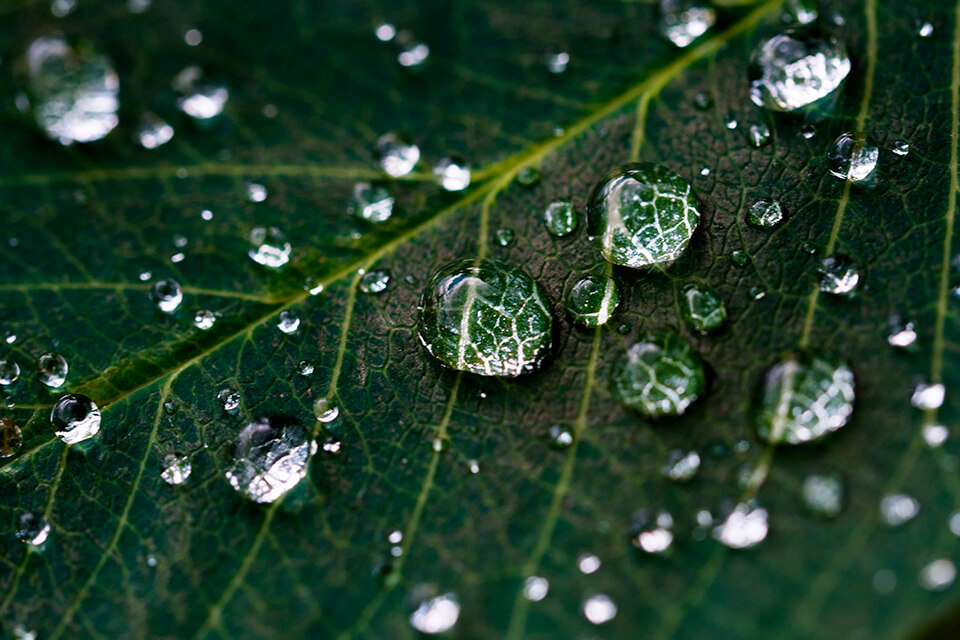
Photo taken by Canon EOS Rebel SL2
Another great feature which makes it a good macro camera is its vari-angle LCD, which allows for easy viewing from either the front or rear of the camera. The display screen is also very easy to use and logically laid out.
However, its shutter speed is a bit slow at 1/4000, which may not be fast enough for those using ultra-wide apertures under direct sunlight. Secondly, the SL2's autofocus system is a bit slow compared to other cameras in its class, especially when tracking moving subjects.
| IMAGE | NAME | FEATURES | |
|---|---|---|---|
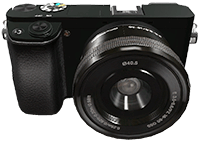
|
Sony Alpha a6000
OUR CHOICE
|
CHECK PRICE → | |
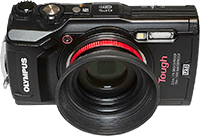
|
Olympus TG-5
WATERPROOF
|
CHECK PRICE → | |

|
Canon PowerShot G9 X Mark II
COMPACT
|
CHECK PRICE → |
If you're looking to capture those amazing moments during your travels, you'll need a good travel camera. But with so many options out there, it can be overwhelming, especially if you're a beginner.
First, consider the size and weight of the camera. You don't want something too bulky, but you also don't want to sacrifice image quality. Look for a camera with a smaller sensor size, like an APS-C or full-frame sensor camera, which will give you better results in low light situations.
Next, check if the camera has optical image stabilization (OIS). This feature compensates for unwanted camera movement, resulting in steadier shots. There are two types of OIS: lens-based and in-body. Both can work with a wide range of focal lengths, but lens-based OIS has limitations when used with long lenses.
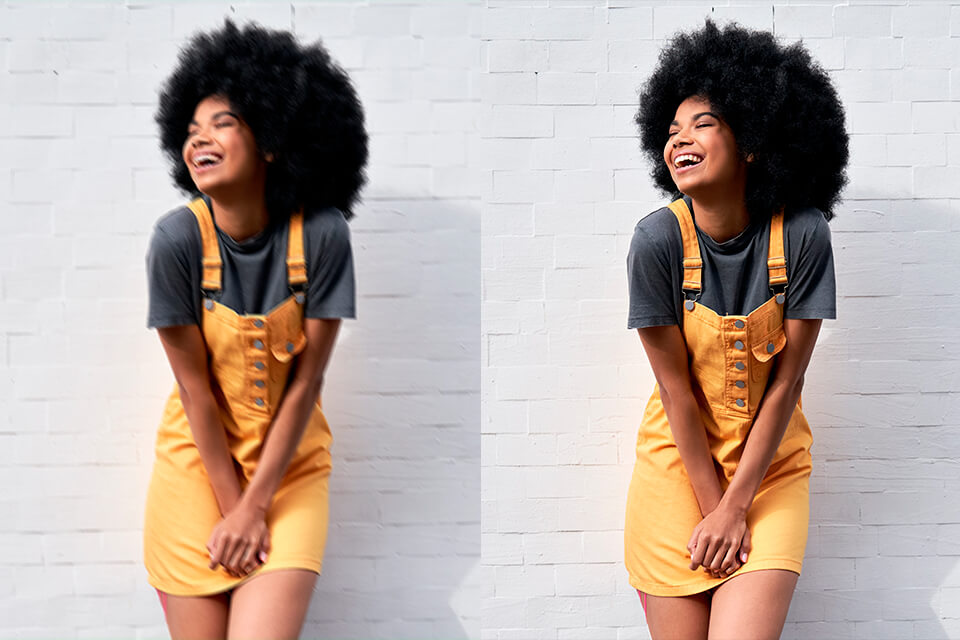
Image quality is also crucial, so look for a camera with high pixel count, good contrast, low noise, and wide dynamic range. A high megapixel count will give you more detail, while RAW format allows for more flexibility when editing photos.
Don't forget about video capabilities. Look for a travel camera with a high frame rate, 10-bit mode, and the ability to shoot in 4K for high-quality footage. And make sure it's easy to use, with a user-friendly interface and a large screen.
Finally, consider your budget. You don't need to spend a fortune on the most expensive camera, but investing a little more can lead to better results. And remember, the best camera for travel photography is one that suits your needs and preferences.
Learn how to set up your camera for maximum impact. Use the appropriate settings for each situation, such as shutter speed, aperture, and ISO. Also, take advantage of the various features that make travel photography easier and more enjoyable, such as panorama mode and built-in Wi-Fi.
Master the basic settings, such as shutter speed, aperture, and ISO. Choose the right settings for each situation, such as a long shutter speed for night pics. Also, use an external flash if needed and make sure your camera's metering mode is set up correctly.
Absolutely. Despite smartphones improving, a dedicated camera still offers better image quality and more options for preserving your travel memories.
Consider size, weight, battery life, ruggedness, autofocus speed, image quality, and price.
Mirrorless ones are typically lighter and more portable, but DSLRs offer even better image quality and more lens options. It really depends on your needs and preferences.
While most phones offer great photo and video quality, digital cameras still offer superior sound recording, grain, and dynamic range. It really depends on your needs and preferences.